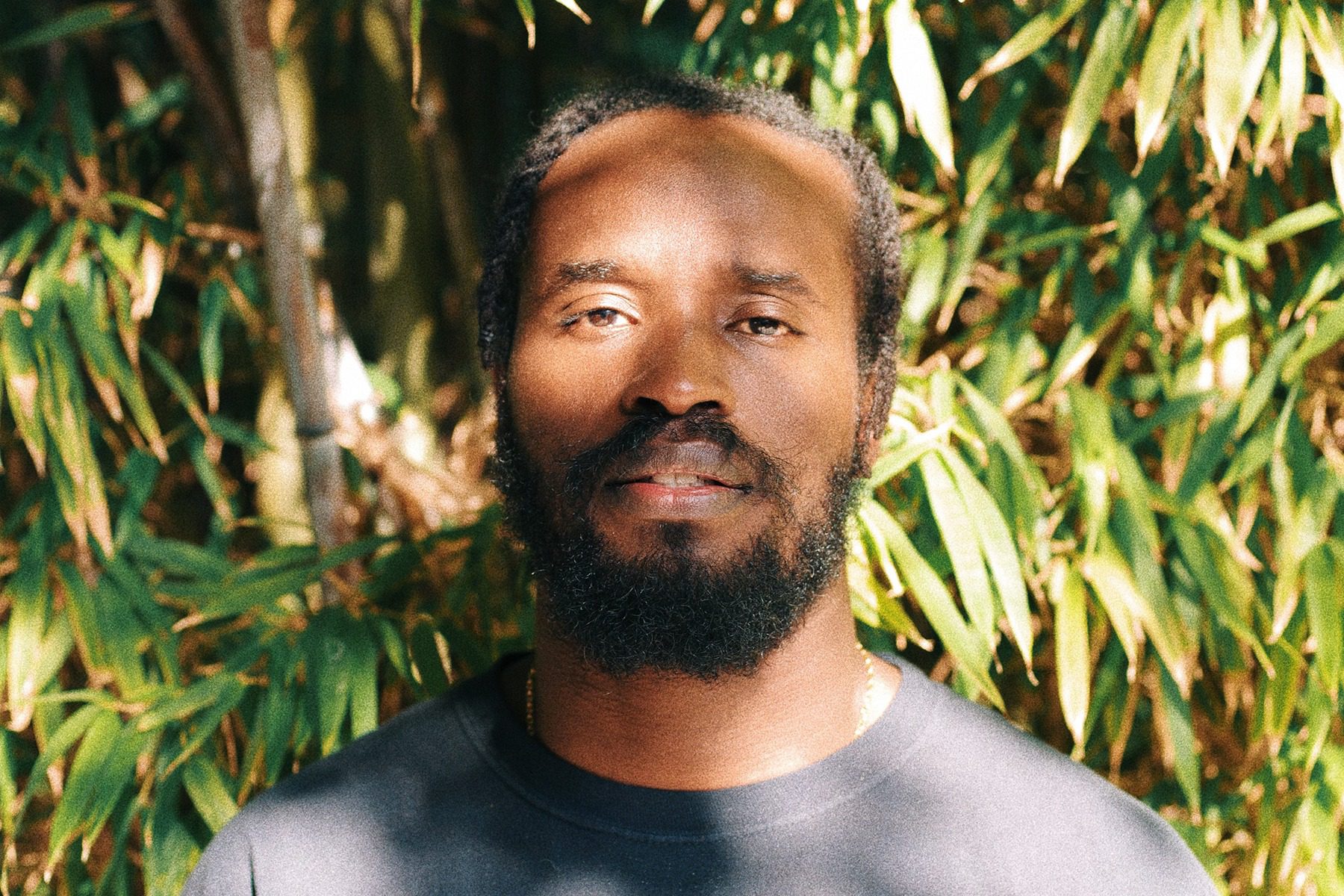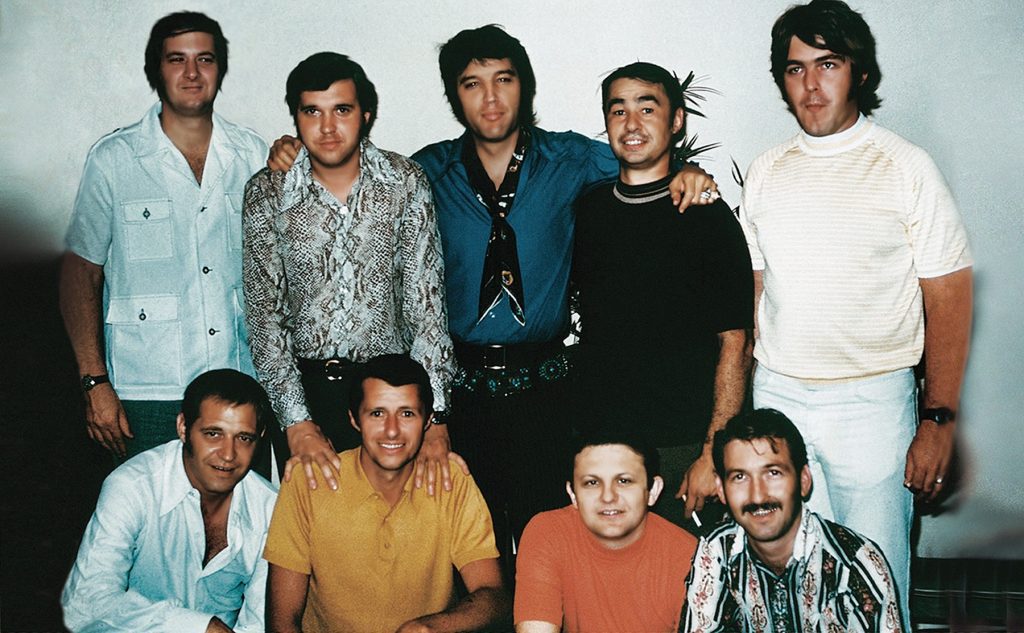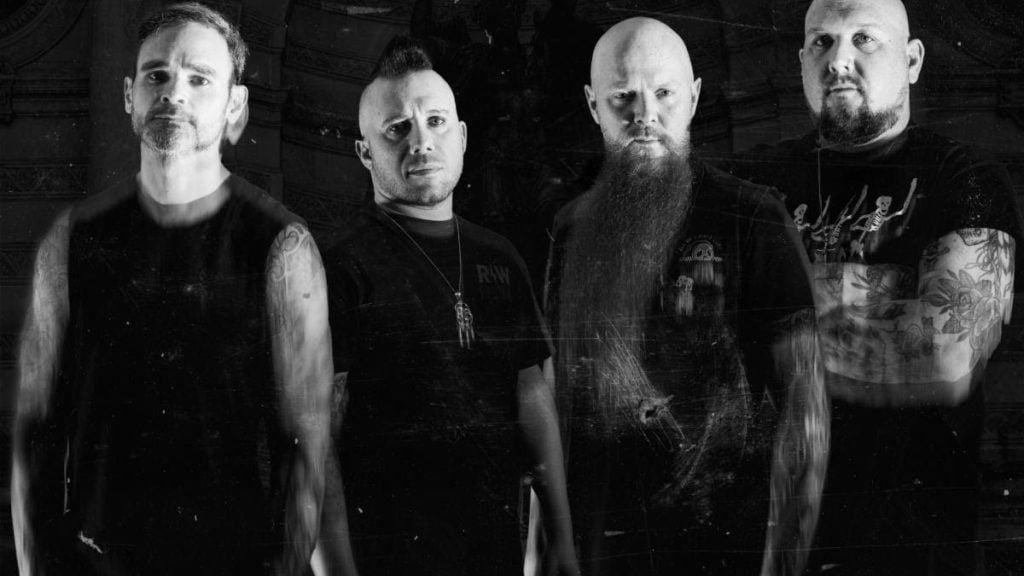
DJ Dahi Breaks Down the Five-Year Process Behind Kendrick Lamar’s New Album
Fans waited a long time for Kendrick Lamar’s latest full-length, Mr. Morale & the Big Steppers — 1,855 days, to be exact. And while writers, Twitter enthusiasts, and Gen Z TikTokers have been busy deconstructing the Compton native’s lyrics, it’s useful to remember that Kendrick remains one of the most underrated beat selectors in hip-hop. His debut, good kid, m.A.A.d city, played out like a feature film, and his subsequent releases have consistently reimagined the boundaries between jazz, hip-hop, and movie scores.
Unlike with any of Kendrick’s past albums, there isn’t a prominent radio single or obvious hit on Mr. Morale, which means the attention to the sonic details within the music are that much more striking. From Florence + the Machine to Gary Peacock and Kadhja Bonet, each sample used on the album feels like it was handcrafted for each emotion he wanted to evoke. This is all credited to a free-flowing creative process that Kendrick and his team of producers have developed through the years.
blogherads.adq.push(function () {
blogherads
.defineSlot( ‘medrec’, ‘gpt-dsk-tab-article-inbody1-uid0’ )
.setTargeting( ‘pos’, [“mid-article”,”mid”,”in-article1″,”mid-article1″] )
.setSubAdUnitPath(“music//article//inbody1”)
.addSize([[300,250],[620,350],[2,2],[3,3],[2,4],[4,2],[640,250]])
;
});
Among that trusted group of producers is DJ Dahi, who has worked with Kendrick for over 10 years and has also produced for everyone from Drake and Travis Scott to 21 Savage and Yebba. Dahi spoke to IndieLand after the release of Mr. Morale & the Big Steppers about the five-year creative process leading up to the album.
How did you get involved with making this album?
I mean, Kendrick and I pretty much talk every day, just about life in general. What both our life experiences are and what we have been up to. We always ask each other things like what you’re doing, what are you working on, or what are you listening to — that kind of vibe. So we are always in communication about where things are culturally, where things are musically. After DAMN., I remember he got off of tour and he was kind of just chilling. With us it’s really just lightweight, not really knowing exactly what things are going to be, but just passing each other ideas to see if it sparks some sense of inspiration or whatnot.
How did you all even go about making an ambitious album like this?
We have very picky ears. At least for me — like, I hate everything. So unless it’s something that sparks an idea or something that triggers a certain creative vibe, we’ll just kind of keep throwing stuff back in the forefront. For me, myself, I think the heart of the album really started about four or five years ago; I remember he was just writing. Writing songs with no beat, no instrumentals. Just literally writing ideas, writing notes, and writing songs. It was cool to see his process. Having a concept, a sense of what the album was going to be. I specifically remember going in and hearing him write “Auntie Diaries,” and it was literally skeletons of ideas. That was interesting, because for me as a producer or as a writer, it’s funny how with hip-hop sometimes, a lot of artists that I’ve worked with write to the beat first. The beat inspires the concept of the song. But with Kendrick it’s kind of like an old way of songwriting, where either you write something on piano or you write something on just a basic kick-snare rhythm and then you kind of let the music kind of play out and be. The crux of it was just going in and listening to him write certain songs and then playing him little loop ideas. [With] a lot of stuff now, the way I create is from minimal ideas, from either me having some jam sessions with my guys or also samples. Just little snippets of things.
blogherads.adq.push(function () {
blogherads
.defineSlot( ‘medrec’, ‘gpt-dsk-tab-article-inbody2-uid1’ )
.setTargeting( ‘pos’, [“mid-article2″,”mid”,”in-article2″,”mid-article”] )
.setSubAdUnitPath(“music//article//inbody2”)
.addSize([[300,250],[300,251],[620,350],[2,4],[4,2],[3,3],[2,2]])
.setLazyLoadMultiplier(2)
;
});
You mentioned that this has been five years in the making, but was there a defining moment in the process of making the album that you remember?
One of the bigger moments for the sound of the album came from a session that we did in London. It was me, Sounwave, Danny, and Keem. The cool thing about how we create is that in those sessions we create like a band. Literally all together working and jamming. Jamming out ideas, recording, and getting a whole bunch of ideas and stuff. It’s cool for our process. Free-flow creativity. A lot of records started from there, like “Father Time” was definitely a record that came from that camp of ideas in those sessions. Keem’s “Vent” came out of those sessions too. A lot of it is just us just throwing paint at the wall and then some of it is seeing how it inspires his narrative of where he’s trying to go from where he’s at.
Did you know it would be a personal record?
I knew for sure, just hearing “Auntie Diaries” and also hearing “Father Time,” it was going to be a personal album and more of where he’s at in life. Like, DAMN. was such a big album. DAMN. had superhits and big, quote-unquote “pop” records. But even records that we didn’t end up using for the album, just the stuff he was writing was very much going to dive into more of who he is and what he really stands for. How you guys should really look at him, and not like this messiah of rap. I could just tell from the early writings of his ideas he was putting down for hooks and things like that.
So much of the album is personal, and you talk about how Kendrick writing was first and the music followed. How did that translate in jam sessions?
In our conversations it’s about what actually is moving you, what is triggering you to want to make something that day or spark an idea. We’ve been working on this for five years, so there have been so many mood changes where we are going this direction, then OK, now we off that. So it’s a constant journey. I knew lyrically he had a perspective that he was trying to say, but I think musically trying to find something that’s going to draw the best emotion was the real task at hand. The great thing about this album, which I really love, is that he’s such a popular artist, and to make the type of album he’s making is kind of dangerous. To take that risk … I mean, people are now kind of expecting him to do that, which is cool, but in some ways it’s still a challenge, musically. But I like to live in that space way more than I do with safe things.
blogherads.adq.push(function () {
blogherads
.defineSlot( ‘medrec’, ‘gpt-dsk-tab-inbodyX-uid2’ )
.setTargeting( ‘pos’, [“mid”,”mid-articleX”,”in-articleX”,”mid-article”] )
.setSubAdUnitPath(“music//article//inbodyX”)
.addSize([[300,250],[300,251],[3,3],[620,350],[2,2]])
.setLazyLoadMultiplier(2)
;
});
I wanted to get into the breakdown of some tracks. I remember watching a beat deconstruction video of you and how the start of making the beat wasn’t anything like the finished product. What was the case with tracks on this album?
There’s a bunch of records like that on here. Specifically I can talk about “Count Me Out.”
That’s for sure one of my favorites.
Thank you, bro. It’s funny because originally that piece of music was actually for my album. That was from a jam session that I had done with my guys, Eli and Danny — Danny McKinney is an incredible guitar player. We were just at the house, jamming out ideas. Originally we had worked on this song idea and I had hired a choir to work on a bunch of ideas that I had for my album. I was like “I am using this, this shit is fire.” But I sent it to Kendrick, like, “What do you think?” And he was like, “Yo, I love it.” He was like, “This shit is crazy,” and he started writing to it, and he was like, “Yo, bro, I think I might need it. This is exactly what I need.” Just knowing him and his process, it’s like, all right, yeah. Maybe it’s a good thing or bad thing, but I don’t hold on to music. If I trust other artists or what they do creatively, I’ll let things go because it’s more about the messenger. There’s so many versions of that record. I can think of like 10, no, actually 20, 30 versions of that record that we tried and did and molded. It was because we were thinking of how it can fit today’s world, and that’s the biggest thing. How does it fit into a certain type of space where people can get that feeling? I think at the end of the day, my motto is “A record is a demo until it actually comes out.” A lot of trials, but the end product I’m really happy with, just because I think the heart of the record is still there, which is cool. The way it feels, the way it picks up the energy, the message it has is still there. That’s the most important thing. You can even do an acoustic version of that song. Literally made that idea about three or four years ago.
Songs like “Rich Spirit” and “Die Hard” have that L.A. feel and bounce to them. With Kendrick and yourself being natives, does that play a role in how those records came out?
Good question, because I don’t think there was a specific thing we were trying to make this go around. At least for me. It didn’t feel like we’re going to do some funk stuff today. From my estimation it felt natural, the certain things that we do, you know? Certain people in the room kind of add a certain taste or a certain outlook on music. So it created a melting pot of interesting drum grooves or interesting sample choices or interesting styles of playing. Then you get a pool of ideas that feels a little bit unexpected. But I think since we’re from an era and our ears are tuned into certain things, we’re going to create that naturally.
blogherads.adq.push(function () {
blogherads
.defineSlot( ‘medrec’, ‘gpt-dsk-tab-inbodyX-uid3’ )
.setTargeting( ‘pos’, [“mid”,”mid-articleX”,”in-articleX”,”mid-article”] )
.setSubAdUnitPath(“music//article//inbodyX”)
.addSize([[300,250],[300,251],[3,3],[620,350],[2,2]])
.setLazyLoadMultiplier(2)
;
});
With “Rich Spirit,” that idea came from my guy Frano from New Zealand. He’s incredible, a really dope producer that I work with a lot. He gave me the original chord progression for the idea. It was, like, just an automatic mood type of record. Then I started to play around with the drums a little bit and Sounwave messed with the vocal chops that came into the record. Then that groove, Sounwave added that last — that kick in it. Originally it was just that raw melody, and I gave it to Kendrick, and Kendrick was like, “Oh, this is perfect, I think I got something.” He naturally did that flow. But that second verse, what he was saying sounded like a West Coast rapper, the pocket he was spitting in was hard. I was like, this kind a West Coast thriller song.
What do you feel like your biggest contribution was to the album?
I can just say I brought my ear, in simple terms. I brought what I would pick. There’s certain things that I like to hear regardless of anybody else. Like, oh, this is what I’m going to do. Depending on who I’m working with, I’m kind of catering to what they would want to make or what they would want to do. I think with Kendrick it’s cool because I literally can send him, like, “Yo, this is what I’m on right now, this is what I’m feeling,” and he really can gravitate as well. It’s also a trust thing. We’ve obviously worked together for 10 years, which is crazy.
Lastly, it was speculated that Kendrick recorded over 400 songs for this album?
I can tell you, for sure, he has probably like 30 songs from me — I mean, he obviously has songs he’ll complete but also a lot of it is an idea, and it’s a really dope idea. Then we plug that idea in as a hook or a verse line. With this creative process it’s really just getting those ideas out and then being able to come back and be like, “Oh, I can use this or this part of this.” His process of recording is pretty nuts. So I wouldn’t be surprised if we looked at the hard drive and he has thousands of songs.




